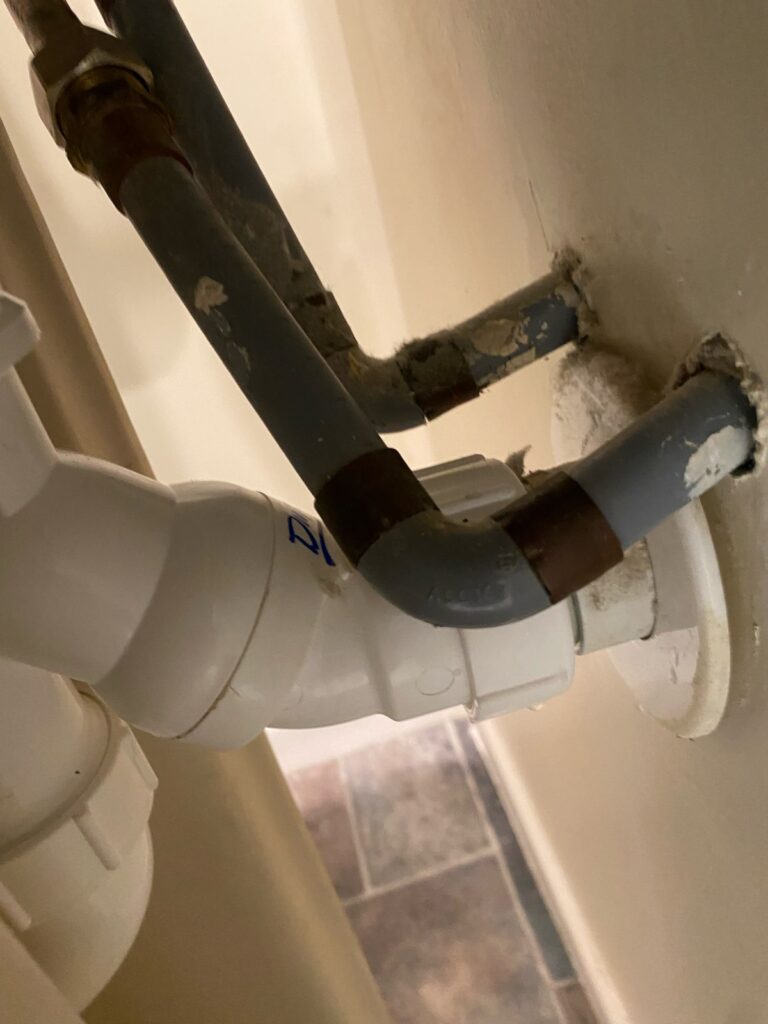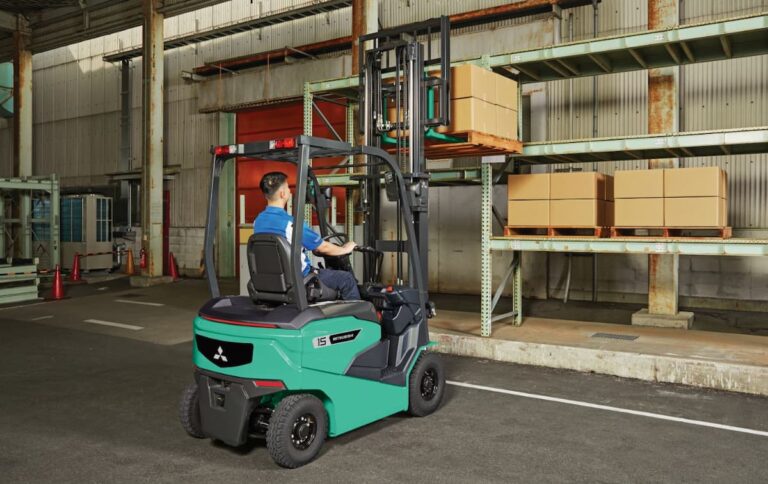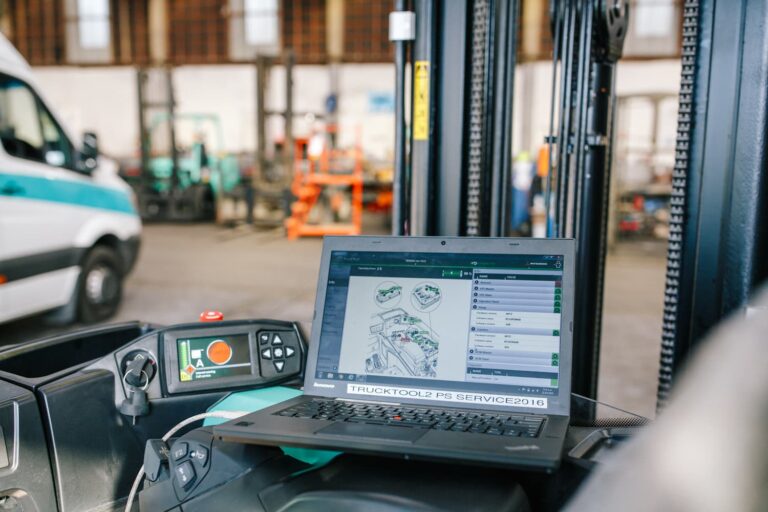Commercial refrigeration systems have a wide range of applications in different industries like in farms, restaurants and supermarkets.
Commercial refrigeration systems consist of a refrigeration circuit, which works with a vapor compressor absorption system to dry and cool the air. It is important for commercial spaces to have an efficient refrigeration system that keeps goods fresh and hygienic for commercial purposes. Therefore, it is important to choose the right type of system that’s suited to your business needs.
There are 4 main types of commercial refrigeration systems –
- Thermoelectric Refrigeration System
- Evaporative Cooling System
- Absorption Refrigeration System
- Mechanical-Compression Refrigeration System
1. Thermoelectric Refrigeration
Thermoelectric refrigeration systems do not use water or refrigerants. Instead, the system uses a thermocouple and electric current. The thermocouple consists of two metal wires that connect with each other at both ends. It directs the current to make one end cool, and the other end hot. Reversing the direction of the current can swap the hot and cold junctions. The hot end stays outside and has a heat sink attached to it, which maintains the surrounding temperature.
The cold end is placed in the area that requires cooling and is usually below room temperature.
Thermoelectric refrigeration systems are useful for small cooling loads. Common applications include portable coolers, computers, microprocessors, power amplifiers, climate-controlled jackets, and satellites.
2. Evaporative Cooling System
Evaporative cooling systems are modern refrigeration systems that do not use the traditional refrigeration cycle. Also known as a swamp cooler, these systems use water-soaked pads to cool warmer outdoor air. The cooling system blows the air over the pads to lower its temperature and the water-soaked pads absorb the heat from the air and evaporate it off the area that requires cooling.
These refrigeration systems can reduce the temperature of air by 15 degrees to 40 degrees Fahrenheit. Evaporative cooling systems are ideal for dry climates. These systems are readily available and come with affordable pricing than other types of commercial refrigeration systems.
This type of system also does not require a lot of energy to maintain its optimal operations. Research shows that evaporative coolers use a quarter of the energy of central air conditioning systems. So, it is a cost-effective system for industries that handle food. Other common uses of the evaporative cooling systems are warehouses, office buildings, laboratories, hospitals and farms.
Farm Refrigeration
Commercial refrigeration systems are used in farms to cool milk. The system works to release heat from milk and keep it cool. Most systems consist of a compressor, an air-cooled condenser unit, and a bulk tank. Some farms use add-ons to lower the milk’s temperature before it gets into the refrigeration tank.
Evaporative cooling refrigeration systems are best for cooling dairy cattle in hot climates. These systems work better under arid conditions and tend to reduce temperature.
Agriculture producers use different types of refrigeration systems to increase the perishable materials’ shelf life. Cooling reduces bacterial growth and humidity levels for some products. The system is also used for processing, packaging, and storing products.
3. Absorption Refrigeration System
Absorption refrigeration systems use compression and expanding refrigerants. As the name indicates, this refrigeration system relies on heat absorption process rather than an electric-mechanical compressor. The system has a key component called the absorber, which contains water to absorb ammonia from the system’s low-pressure side that leads to heat removal.
A pump then sends the solution that contains water and ammonia to a generator that separates ammonia from the water. Besides the absorption process, the system uses heat to move the refrigerant throughout the machine. The heat is usually derived from natural gas, steam, hot water, or any other fuel source. Common uses of absorption refrigerators are recreational vehicles (RVs), caravans, and campers.
4. Mechanical-Compression System
Last but not least, a mechanical compression system uses the refrigeration cycle method. This type of system has a wide range of applications, including residential air conditioning, commercial, and industrial refrigeration.
It transfers heat through a mechanical compression process that involves compressing the refrigerant into a cold liquid with low pressure and expanding it into a hot gas that has high pressure.
The system absorbs heat by boiling the liquid and converting it into a gas. Then, the system releases the heat by condensing the gas back into the liquid. The process involves transferring the refrigerant from a closed system (low pressure) and an open system (high pressure).
The mechanical-compression system boils the liquid refrigerant at 40 degrees Fahrenheit on the closed system, which is a low-pressure side, and then it absorbs the heat from warmer indoor air.
The heat on the high-pressure side travels from the 110 degrees Fahrenheit refrigerant to cooler outdoor air. Applications of mechanical-compression refrigeration include residential and commercial air conditioning, household refrigerators, and industrial freezers.
Get your business noticed by creating an online directory listing. Listings are FREE and you can create as many as you need.
- Get found by locals



